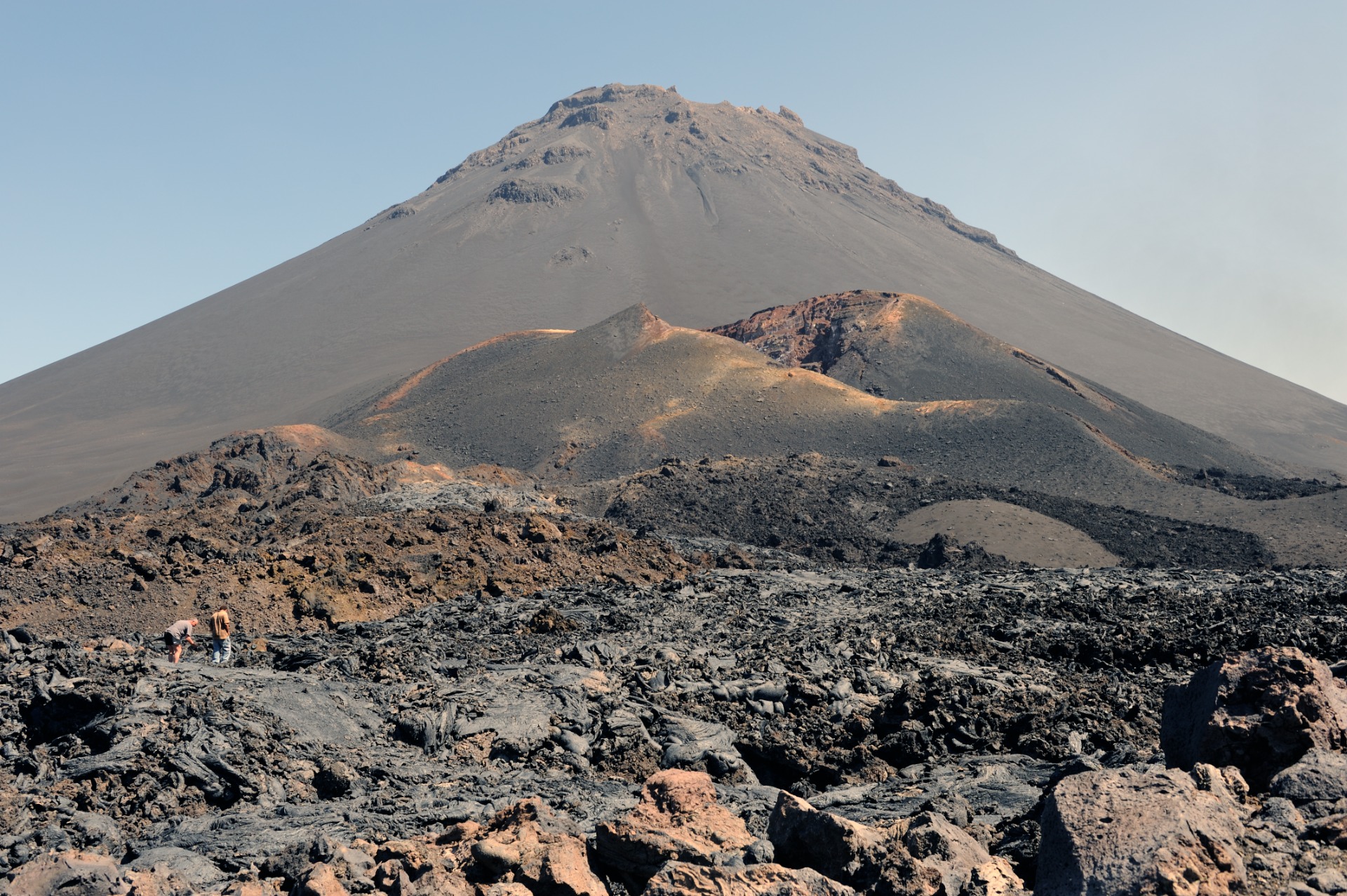
Fogo island - getting around
Fogo Island: Navigating the Fire at the Foot of the Volcano
Fogo Island, aptly nicknamed the "fire island" for its towering active volcano Pico do Fogo, presents travelers with a distinctive blend of transportation challenges and authentic experiences. All logistics revolve around the laid-back capital São Filipe on the coast and the remote highland settlement of Chã das Caldeiras nestled inside the volcanic crater. Reaching the island and moving around its steep, black-lava terrain demand flexibility, as weather can disrupt both inter-island links and local roads. Flights remain the fastest and most dependable way to arrive, while shared minibuses known as aluguers offer an immersive, budget-friendly way to explore once on the ground.
Arriving on Fogo: Air vs. Sea
International visitors almost always touch down first on Sal or Santiago before continuing to Fogo. To avoid missed connections due to sudden schedule shifts caused by wind or rain, build in a buffer day when booking separate tickets.
The Reliable Choice: Domestic Flights
From Praia on Santiago, domestic carriers TICV Transportes Interilhas de Cabo Verde and Cabo Verde Airlines operate daily round-trip flights to São Filipe's compact airport (SFL). The hop lasts about 30 minutes and costs roughly 50–60 euros one way, making air travel not only the quickest but also the most comfortable and reliable inter-island option.
The Budget Option: Ferry from Praia
In contrast, the ferry run by CV Interilhas is considerably cheaper at around 40 euros (4,000 Cape Verdean escudos), yet it requires far more patience. Vessels depart Praia for Fogo's Vale dos Cavaleiros port—sometimes called Barca Balero, a few kilometers north of São Filipe—on a weekly rhythm that typically includes Mondays, Wednesdays, Fridays, and Saturdays. The crossing can take anywhere from three-and-a-half to five hours depending on swell and weather, and rough seas often lead to cancellations or delays. A shorter 40-minute link also connects Fogo to neighboring Brava. For anyone on a tight itinerary, the plane is the clear choice; the boat suits those prioritizing cost and willing to embrace the unpredictability of the Atlantic.
Getting Around Fogo: From Coastal Capital to Volcanic Crater
Once boots are on Fogo's volcanic soil, the aluguer becomes the heartbeat of daily movement. These sturdy shared minibuses—locally nicknamed Hiaces or Yasi—cruise the island's winding roads, picking up passengers who flag them down with a raised hand. They only depart when sufficiently full, which fosters a sociable atmosphere and keeps fares to a handful of euros per ride. In São Filipe, aluguers gather near the market and town hall, following set routes to places like Mosteiros or the caldera rim. Service halts entirely on Sundays, so plan accordingly.
Private taxis complement the system and are easy to find at the airport, port, or city plazas. Fares follow official zones updated in February 2022: a short daytime hop inside São Filipe runs about 120 escudos, while the airport transfer costs 300–400 escudos. Longer municipal or inter-municipal trips, including tourist shuttles, are negotiated based on time and distance; always settle the price upfront.
Journey: Ascent to Chã das Caldeiras
The ascent to Chã das Caldeiras stands out as the island's signature journey. From São Filipe, the drive climbs for one to two hours along the island's first paved road, a tourism-driven project that ends at the crater's edge. Inside the caldera, surfaces revert to uneven cobblestone—preserved by the Fogo Natural Park to maintain the area's raw, human-scale character despite local complaints about maintenance, especially en route to villages like Portela.
Public aluguers to the crater leave São Filipe mid-morning and again in the afternoon, while returns from Chã depart at dawn around 6 a.m. and near noon; early riders should alert their host the night before to secure a seat. Many guesthouses, such as Casa Marisa or Casa do Alcindo, arrange private transfers for guests. A one-way taxi from the capital to the crater starts at 50–60 euros.
Independent Exploration: Rental Cars and Alternatives
For full independence, rental cars are available in São Filipe through local outfits like Discount Auto Rent, Rentmavetra, and Intercidades—reserve early during peak months like December. A sturdy vehicle lets drivers complete an 80-plus-kilometer island loop in a single day, though the steep grades and lava-strewn shoulders demand caution. Bicycles can be hired for the more intrepid, but scooters and quads remain scarce compared to flatter tourist hubs like Sal and Boavista.
